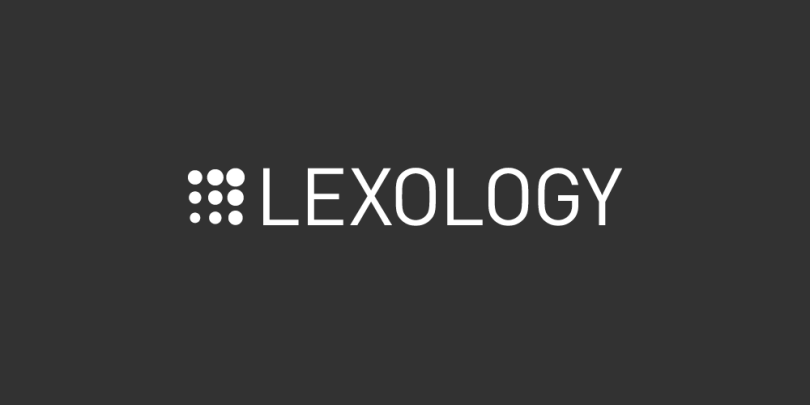[ad_1]
The German government published the second draft of its long-awaited Digital Strategy on 18 August 2022. As a combined project of the Federal Chancellery and three ministries (Federal Ministries of Finance, of Economic Affairs and Climate Action, and of Transport and Digital Infrastructure), the strategy is a central project promised in the 2021 coalition agreement. The goal is to step-up digitalisation in the country. With Germany ranked 13th of 27 in the European Commission’s 2022 Digitalisation report, the issue is particularly pressing. Many goals set in the last government’s Digital Strategy of 2018 won’t be realised in time due to a lack of prioritisation, planning difficulties, and insufficient civil engineering capacities that delayed approval processes.
The new Digital Strategy is to be adopted by the cabinet on 31 August 2022 as a cross-departmental umbrella strategy for digital policy. Even though it is a jointly prepared document, each ministry has responsibility for its implementation. This article focuses on the telecommunication infrastructure.
Besides upgrading the telecommunication infrastructure, the government plans to digitalise its administration, as well as to expand the usage of the electronic health patient record. The strategy’s focus clearly lies within increasing Germany’s competitiveness in research and development, as it wants to boost AI research and envisions a comprehensive database fed with anonymised data stemming from administration, research, and economy.
Goals for Germany’s digital infrastructure
To support the development of Germany’s digital infrastructure, the strategy provides for various targets that are to be achieved at different times.
As a joint project of the federal states, municipalities, and the telecommunications industry, the Gigabit Strategy is the overarching objective to achieve a sustainable digitalisation.
With regard to the telecoms sector, it pledges to turn a nationwide, exhaustive, energy and resource efficient supply with fibre-optic connection into reality by 2030, even in rural areas.
The strategy also provides a list of goals to be reached by the end of 2025:
- Introducing a so-called gigabits land register (Gigabit Grundbuch) as a central database run by the Federal Network Agency that provides information on already existing infrastructure, projects in planning in the field of telecommunications, and the ownership situation of the properties in question, to improve transparency and efficiency.
- Providing at least half of the businesses and private households in Germany with fibre-optic connection by the end of 2025, as well as guaranteeing interruption-free mobile telecommunication and mobile data connection nationwide by the end of 2026.
- Realising the mobile connection support program (Mobilfunkförderprogramm) that was decided upon in 2019, to cover gaps where the expansion of the telecommunications network is not provided by private actors.
- Promoting the usage of alternative installation techniques such as (micro-) trenching where fibre optic cables are placed into narrow trenches only 10 to 30 cm below the ground, or above the ground installation with telephone poles.
- Accelerating approval procedures for construction projects for telecommunication infrastructure through simpler and digitalised systems, such as the digital application portal for construction permits that already exist in the state of Hesse.
Responsibilities
The Ministry of Transport and Digital Infrastructure is responsible for implementing the Gigabit Strategy, while the Ministry of the Interior has the responsibility for digitalising the administration. A coordination group led by the head of the Federal Chancellery will be set up since most tasks are interdepartmental.
Reception and criticism
The revised draft was met with mixed reactions. On the one hand, with its 50 pages of content compared to the 30-page first draft of 4 July, the concretisation of several objectives in the strategy was welcomed. It now provides detailed goals against which the government wants to be measured by 2025.
On the other hand, however, there is some disappointment caused by the lack of vision of the strategy that largely recycles projects that have been in planning for years.
For example, the 2018 strategy aimed for a nationwide supply with gigabit networks by 2025. Back in 2015, the government had promised the fibre-optic connection for every household by 2025 – the current strategy’s much less ambitious but maybe more realistic goal is 2030.
In comparison with the 2018 strategy, the 2022 one presents more detailed goals and timeframes within which the goals are to be achieved. The 2019 mobile communications strategy, as well as the 2018 digital strategy, both pledged a nationwide coverage with mobile voice and broadband data services, however, they did not specify by which year these goals should be reached.
The current main point of criticism is the absence of information on the Digital Budget that is supposed to finance the projects as of 2023. Promised in the coalition agreement, it is still to be dealt with in budget negotiations in the fall.
Whether the new strategy will lead to success is uncertain. Even the most sophisticated strategy cannot be implemented if, for example, there is a lack of capacity at civil engineering companies or the responsible local building authorities suffer from a lack of staff. If the new strategy is implemented, the approval procedures should be completed more quickly.
More information on the Digital Strategy can be found here.
We want to thank Antonia Lawrenz for her valuable contribution to this article.
[ad_2]
Source link








